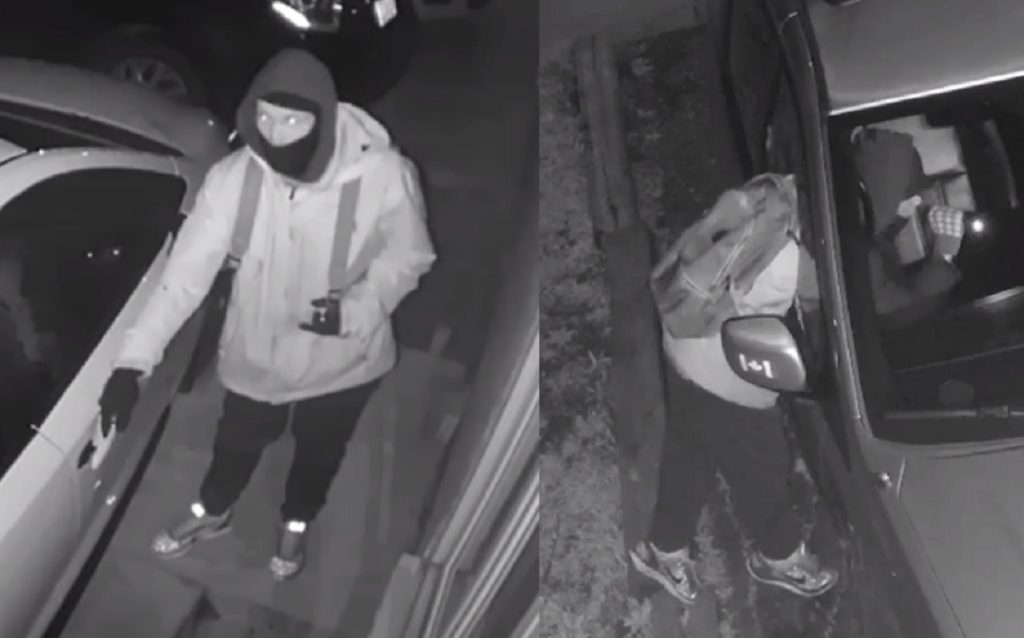From panhandlers to street musicians, not everyone is ready for cashless society
Posted August 20, 2017 8:50 am.
Last Updated August 20, 2017 9:40 am.
This article is more than 5 years old.
MONTREAL – The sound of Anthony Lovison’s singing echoes through the corridors of the Montreal subway, reaching commuters’ ears long before they see the young brown-haired man and his guitar.
Barely a minute into “Heaven’s Door,” a man walks up with a smile and throws 50 cents into Lovison’s open guitar case — the first customer of the day.
As he sings his way through a repertoire of Snow Patrol and Ed Sheeran songs, more change comes clinking in: four dollars from a man in a suit, some quarters from a girl who looks about 10 years old, and two dollars from an elderly woman with a cane who flashes Lovison a ‘V’ sign.
Lovison, a 28-year-old street musician and Masters’ student, makes a living playing for cash — an increasingly rare commodity as consumers shift to digital-only payments.
In the second quarter of 2017, almost 40 per cent of payment transactions used tap-and-pay methods, according to data from debit and credit payment processor Moneris Solutions — a figure the company predicts will jump to 50 per cent by the end of the year.
A growing number of retailers are also shifting to digital-only payments in order to speed up service and free up staff.
But while a truly cashless society may still be years away, that hasn’t stopped those who depend on it from feeling its effects.
It’s an issue for charitable organizations like The Salvation Army, which is beginning to rethink its annual Christmas kettle campaign.
In recent years, the organization has experimented with having some volunteers carry debit terminals, according to a spokeswoman.
This year, the Salvation Army is creating a website for the campaign, as well as partnering with RBC to develop a mobile app where people can donate.
“There’s no going around it — we have to adapt to the fact that people don’t have much money on them any more,” said Brigitte St-Germain, the organization’s public relations director.
She said revenue was actually up for the campaign last year, following a few years when it dipped slightly.
But St-Germain says it’s hard to tell how much, if any, of the recent drop has been caused by a shift to digital payments.
“We’re not so sure about it because all the charities have suffered a decline,” she said in a phone interview.
Lovison, too, says his income from busking is too random to know whether he’s being affected by changing consumer habits.
He says innumerable factors play into whether he has a successful day, including acoustics, how the crowd flows and his own energy.
“I can play for two hours and make $100, then the next week, same day and same time, I can make nothing,” he said.
But while charities, vendors and musicians may be able to adjust to the shift, others have fewer resources to adapt.
Joseph Krila, who holds out a baseball cap in front of a Burger King in downtown Montreal, says passers-by increasingly tell him they don’t have any change.
“They say, ‘I don’t carry cash, only cards,” said Krila, who said he was 59.
Sometimes, he says, they make up for it by giving him gift cards or buying him food, clothes, and even the watch he’s wearing.
“It’s a G-shock, it cost at least $100,” he said, gesturing to the black plastic timepiece.
Sitting on the sidewalk a couple of blocks further down, John Michaud tells a similar story.
The 34-year-old says he only makes half of what he did three years ago, which leads him to believe that some of the people claiming only to have cards are telling the truth.
He shrugs when asked if he sees a solution.
“People will give when they want to,” he says, sitting beside a cardboard sign that reads “Everything helps, even a smile.”
Follow @Lowrie219 on Twitter










